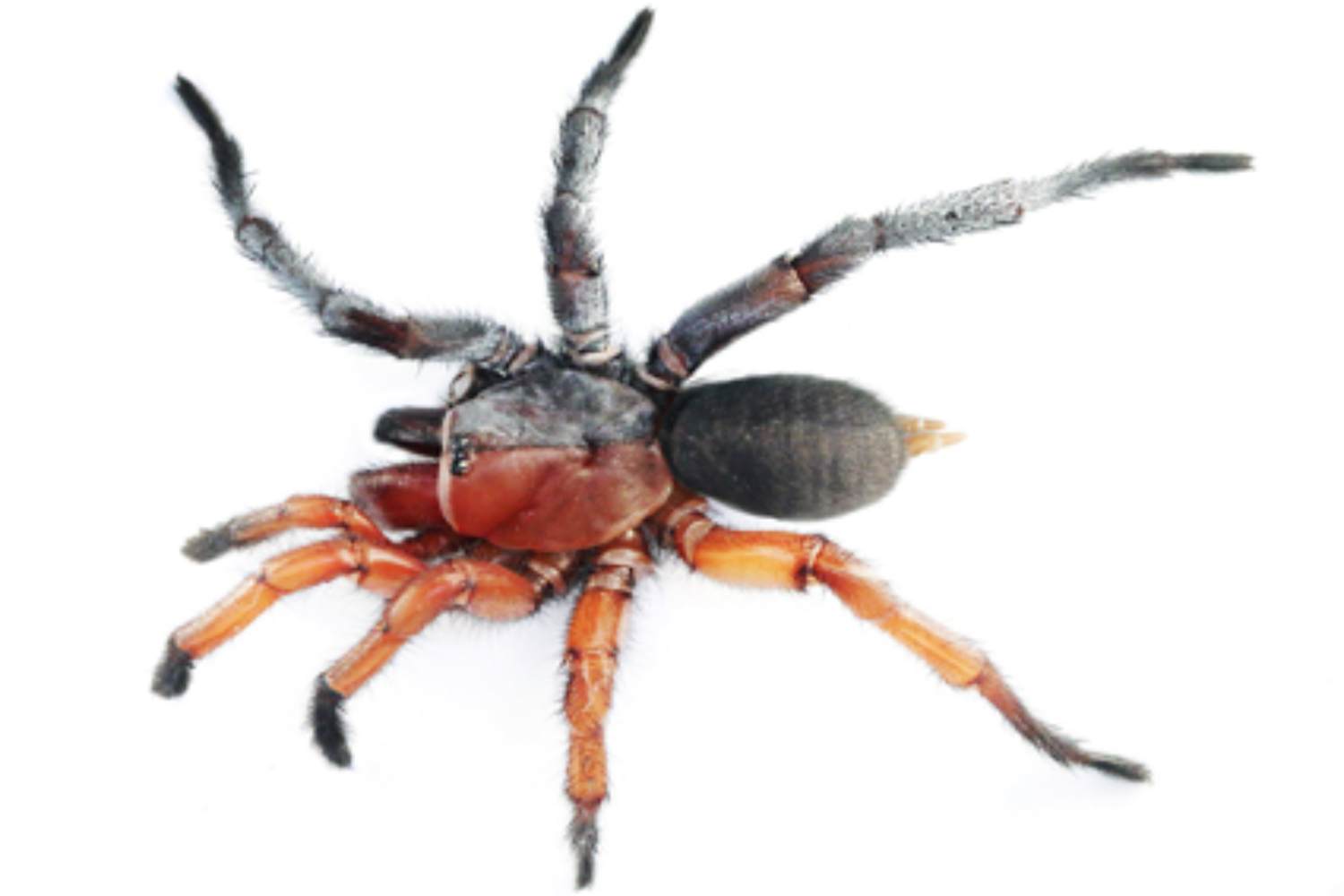A rare gynandromorphic spider discovered in Thailand: it's half male and half female and belongs to a new species, named Damarchus inazuma in honor of a One Piece character

In the forests of Kanchanaburi, Thailand, a tiny spider specimen caught scientists’ attention for a surprising reason: its body is perfectly divided in half, one side male and the other female. This is a case of gynandromorphism, an extremely rare biological condition that occurs when an anomaly in the distribution of sex chromosomes happens during embryonic development.
At first glance, the spider appeared merely bicolored, but an in-depth analysis conducted by researchers from Chulalongkorn University in Bangkok revealed an exceptional discovery: not only is it a gynandromorphic individual, but also a never-before-cataloged species.

@Zootaxa
A new species: Damarchus inazuma
The researchers classified the new spider as Damarchus inazuma, belonging to the Bemmeridae family, a group of mygalomorph spiders widespread in Southeast Asia and known for digging underground burrows. The females, red-orange in color and larger (about 1 inch or 2.5 cm), contrast with the males, which are smaller and grayish, measuring just under half an inch (1 cm) in length.
But the specimen that surprised the researchers displayed both characteristics: the left side with the vivid tones of the female and the right side with the duller colors of the male. A symmetrical and perfect division, an almost unique case in the history of arachnology.
A tribute to the world of One Piece
The chosen name, Damarchus inazuma, is a tribute to the character Inazuma from the famous manga One Piece, capable of changing sex and known for their bicolored appearance and symmetrical clothing. A symbolic choice that unites science and pop culture, emphasizing how nature itself can surpass imagination.
According to the authors of the study published in Zootaxa, this is the first documented case of gynandromorphism in the Bemmeridae family and only the third among all known mygalomorph spiders. The causes of this anomaly remain mysterious: they could be genetic or influenced by environmental factors, such as infections or mutations during embryonic growth. A discovery that reminds us how, even in the scientific world, exceptions can become the most fascinating keys to understanding the complexity of life.
Source: Zootaxa
